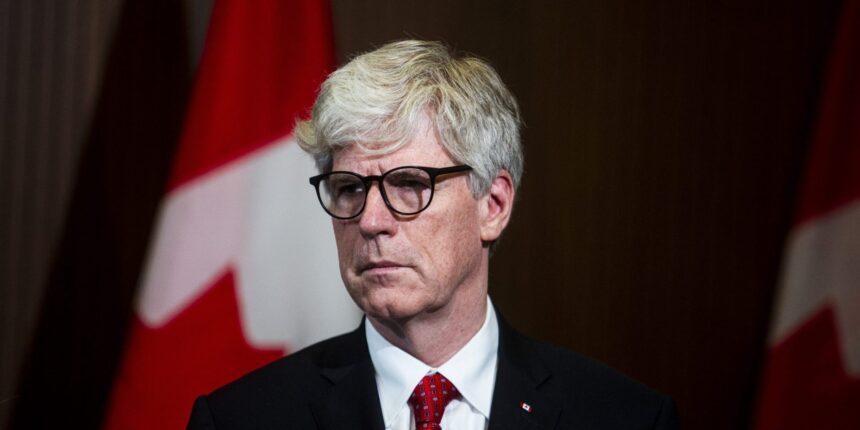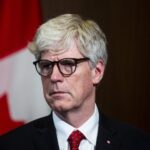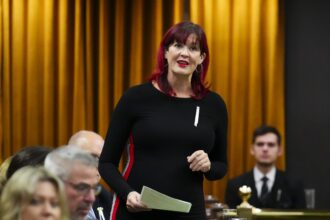In an urgent address to the nation yesterday, federal ministers outlined Canada’s comprehensive strategy to combat the unprecedented wildfire crisis ravaging multiple provinces. The briefing comes as nearly 900 active wildfires burn across the country, with British Columbia, Alberta, and northern Ontario facing the most severe conditions since the record-breaking 2023 season.
“We are mobilizing every available resource to protect communities and critical infrastructure,” said Emergency Preparedness Minister Anita Anand during the joint press conference in Ottawa. “The federal government has already deployed 1,500 Canadian Armed Forces personnel to assist provincial firefighting efforts, with another 1,000 on standby as conditions evolve.”
The scale of this year’s wildfire season has already surpassed early projections, with over 4.2 million hectares burned by mid-July—a 30 percent increase compared to the same period last year. Environment Minister Steven Guilbeault pointed to climate change as the driving factor behind the intensification of wildfire seasons.
“What we’re witnessing isn’t just a bad year—it’s the new reality of climate change in Canada,” Guilbeault stated. “Temperature increases in our northern regions are occurring at nearly three times the global average, creating perfect conditions for these catastrophic fire events.”
The federal response includes $750 million in emergency funding allocated to affected provinces, with $250 million specifically earmarked for evacuation support and temporary housing for the estimated 40,000 Canadians currently displaced. Indigenous Services Canada has also mobilized resources to assist the 27 First Nations communities under evacuation orders.
In response to growing public concern, Natural Resources Minister Jonathan Wilkinson announced the acceleration of the National Wildfire Resilience Strategy, originally scheduled for implementation in 2026.
“We’re fast-tracking critical elements of our national strategy, including the expansion of FireSmart programs across vulnerable communities and doubling the national aerial firefighting fleet by next spring,” Wilkinson explained. “Additionally, we’re investing $120 million in advanced satellite detection systems that can identify new ignitions within minutes rather than hours.”
The economic impact of the wildfires has been devastating. Finance Minister Chrystia Freeland acknowledged that early estimates suggest the disasters could cost the Canadian economy between $7-10 billion this year alone, affecting key industries including forestry, agriculture, and tourism.
“We recognize that beyond the immediate emergency, there will be long-term economic consequences,” said Freeland. “Our government is preparing financial supports for affected businesses and exploring tax relief options for impacted regions to ensure economic recovery can begin as soon as the immediate crisis subsides.”
Health officials also warned about deteriorating air quality, with smoke plumes affecting major urban centers thousands of kilometers from active fires. The Air Quality Health Index has reached “very high risk” levels in 23 cities across the country this week.
“We’re seeing a significant increase in emergency room visits for respiratory issues,” reported Health Minister Mark Holland. “Particularly concerning is the 40 percent rise in asthma-related hospitalizations among children and elderly populations in affected regions.”
Provincial premiers have generally praised the federal response while emphasizing the need for long-term funding commitments to address wildfire management. British Columbia Premier David Eby, whose province currently faces 284 active fires, called for a permanent national firefighting reserve force that could be rapidly deployed each season.
“The reality is that no single province has the resources to handle these mega-fires independently,” Eby stated during a separate press conference in Victoria. “We need to rethink our entire national approach to wildfire management in an era of climate change.”
As Canadians face another summer of smoke-filled skies and evacuation alerts, the question emerges: will this latest federal response be enough to address not just this season’s emergencies, but the fundamental shifts needed in how we prepare for and respond to what appears to be our new climate reality?























